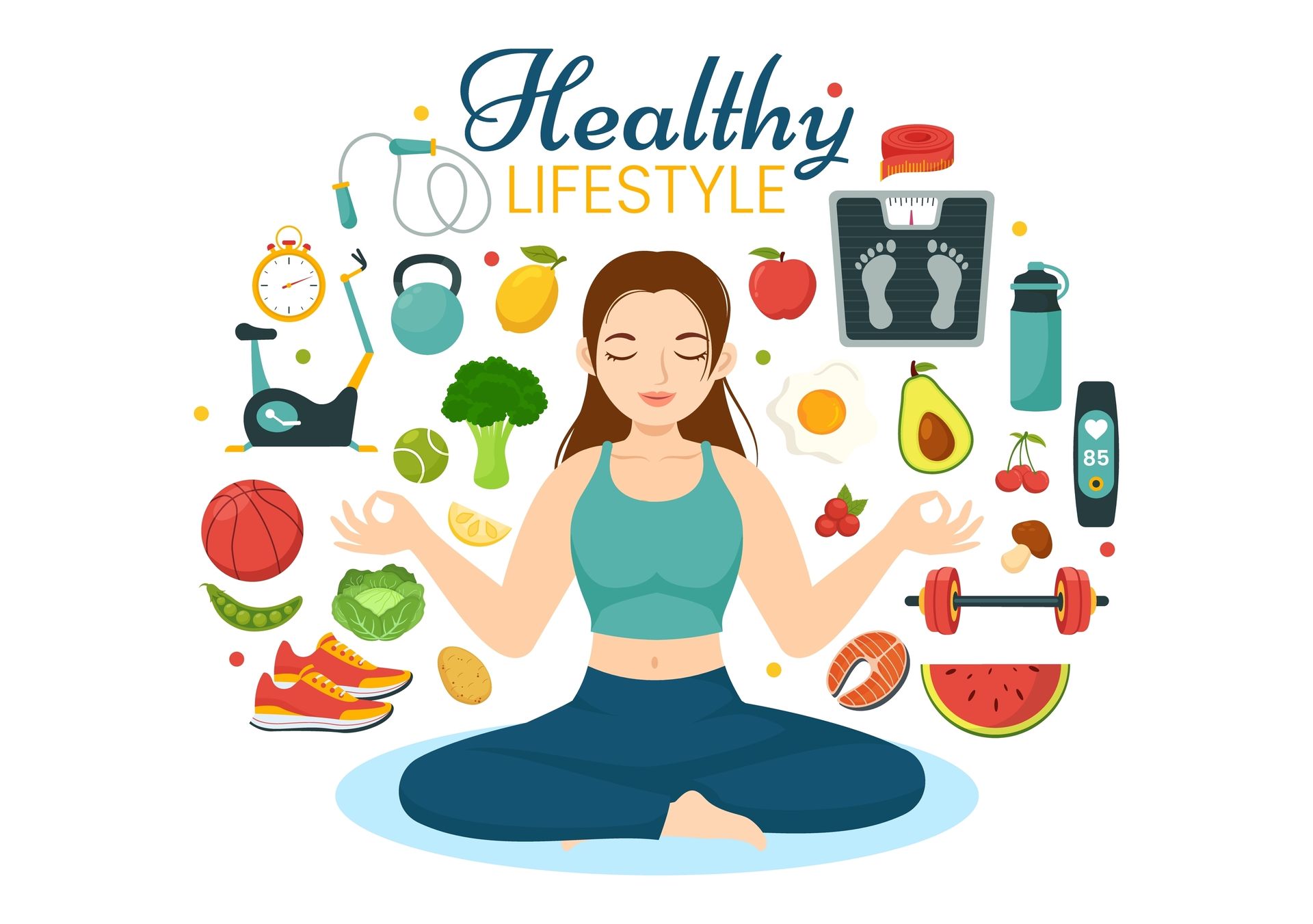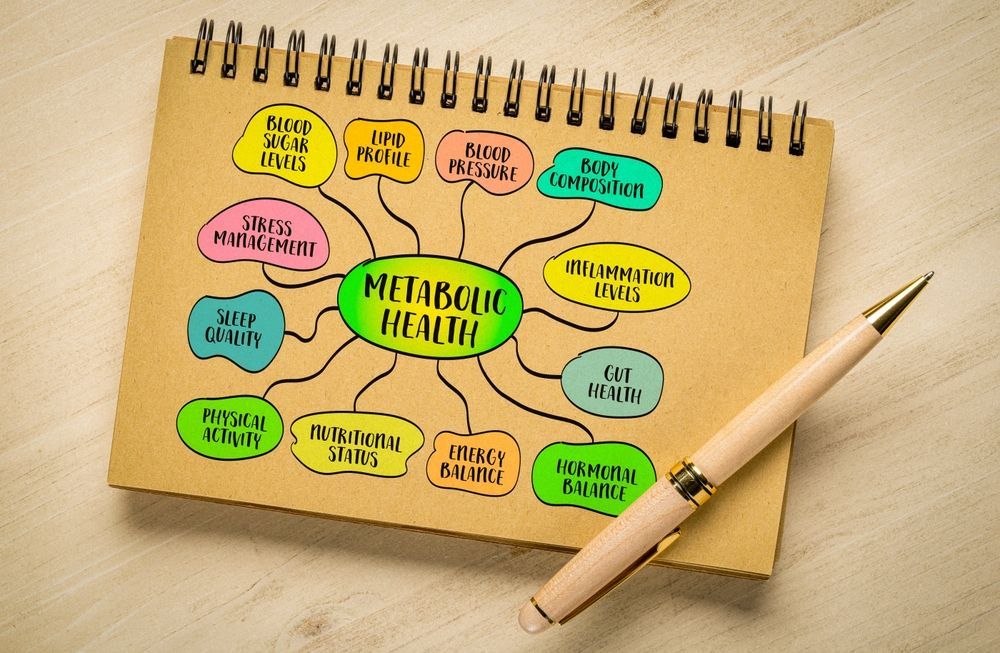How to Use IV Therapy to Support a Healthy Lifestyle

Understanding IV Therapy
What is IV Therapy?
IV therapy, or intravenous therapy, is a medical technique that delivers fluids, medications, and nutrients directly into a person's bloodstream via a vein. This method is often used in clinical settings but has gained popularity in wellness clinics as a way to enhance health and recovery. By bypassing the digestive system, IV therapy allows for rapid absorption of the essential substances needed by the body.
Patients opt for IV therapy for various reasons, ranging from hydration and nutrient replenishment to a boost in energy levels. It’s particularly beneficial for those who have difficulty absorbing nutrients through oral methods or who need an immediate effect due to health conditions. For instance, athletes may use IV therapy post-exercise to replenish lost fluids and electrolytes, while individuals recovering from illness might seek it to restore their strength and vitality more quickly.
The Science Behind IV Therapy
The science behind IV therapy is rooted in the body's physiological needs. When nutrients and fluids are administered intravenously, they enter directly into the circulation, allowing for immediate bioavailability. This means the body can utilize these nutrients without the delay associated with digesting them.
Research has shown that certain vitamins and minerals, when delivered via IV, can reach higher plasma concentrations compared to oral ingestion. This is particularly true for nutrients like Vitamin C and certain B vitamins, which can have powerful antioxidant effects and support metabolic processes. Furthermore, IV therapy can be tailored to meet individual needs, with formulations that may include a combination of vitamins, minerals, amino acids, and even medications, depending on the specific health goals of the patient. This customization allows healthcare providers to create a targeted approach to treatment, enhancing the overall effectiveness of the therapy.
Additionally, the method of delivery can significantly influence the therapeutic outcomes. For example, the use of a saline solution in conjunction with vitamins can help to hydrate the cells more effectively, promoting better nutrient absorption and cellular function. This is particularly important for individuals experiencing dehydration or those undergoing intensive treatments that may deplete their nutrient stores. The ability to deliver these essential components directly into the bloodstream not only accelerates recovery but also supports overall wellness by ensuring that the body has immediate access to the nutrients it requires to function optimally.
The Role of IV Therapy in a Healthy Lifestyle
Nutrient Absorption and IV Therapy
One of the most significant advantages of IV therapy is its ability to enhance nutrient absorption. Many individuals suffer from conditions such as gastrointestinal disorders, which can impair nutrient absorption from food. IV therapy circumvents this issue, providing direct access to essential vitamins and minerals.
Typically, nutrient-rich solutions used in IV therapy can include a variety of vitamins, antioxidants, and minerals. Common ingredients might include magnesium, calcium, and a host of B vitamins. These nutrients collectively assist in boosting immune function, improving energy levels, and enhancing overall well-being.
Hydration and IV Therapy
Hydration is another critical component of maintaining health, and IV therapy serves as an effective method for delivering fluids and electrolytes. This is especially useful during hot weather, after intense workouts, or during illness when dehydration may occur.
Intravenous hydration can restore electrolyte balance quickly and efficiently, which is vital for optimal bodily functions. Symptoms of dehydration may include fatigue, headache, and decreased concentration, and IV hydration can significantly relieve these symptoms, often within a short period.
Different Types of IV Therapy
Vitamin Infusion Therapy
Vitamin infusion therapy involves the administration of concentrated blends of vitamins tailored to individual health needs. This type of therapy is popular for its focus on wellness, recovery, and preventive care. Each session can be adjusted based on specific goals, such as improving the skin’s appearance, boosting energy, or enhancing athletic performance.
- Vitamin C: Known for its immune-boosting properties.
- B Vitamins: Essential for energy production and cognitive function.
- Zinc: Supports wound healing and boosts the immune system.
Consulting with a qualified healthcare provider can help determine the best vitamin infusion mix to suit one’s lifestyle and health objectives.
Hydration Therapy
Hydration therapy focuses primarily on fluid replenishment and is often used in emergency rooms or wellness settings to quickly rehydrate patients. This therapy usually involves saline solutions that may include electrolytes and can be customized for athletes or those recovering from illness.
- For athletes: Higher electrolyte concentrations to support recovery.
- For illness recovery: Tailored solutions to rehydrate and restore balance.
This form of therapy is valued not just for hydration but also for its potential to alleviate fatigue and improve cognitive and physical performance.
The Process of IV Therapy
Preparing for Your IV Therapy Session
Preparing for an IV therapy session is relatively straightforward. Prior to the appointment, it’s advisable to stay well-hydrated and inform the healthcare provider of any allergies or medical conditions. This information ensures that the best possible solution is administered during the session.
Patients typically fill out a consent form and may have an initial consultation to discuss their health goals and the specific benefits of IV therapy. This personalized approach enhances the overall effectiveness of the treatment.
What to Expect During IV Therapy
During the IV therapy session, patients can expect to be seated comfortably, often while relaxing or engaging in light activities such as reading. A healthcare provider will clean the injection site and insert a small catheter into a vein, which should cause only minimal discomfort.
Once the IV is established, the nutrient solution will begin to flow into the bloodstream. The duration of the session may vary—usually lasting from 30 to 90 minutes—allowing time for the body to absorb the nutrients effectively.
Safety and Effectiveness of IV Therapy
Potential Side Effects of IV Therapy
While IV therapy can be highly beneficial, it’s essential to be aware of potential side effects. Common issues may include minor bruising at the injection site or, in rare cases, an allergic reaction to the ingredients used in the infusion.
Patients should monitor their body's response to the therapy and discuss any adverse effects with their healthcare provider. Such communication helps ensure that the benefits of IV therapy outweigh the risks.
Who Should Consider IV Therapy?
IV therapy can be advantageous for various individuals, including those suffering from chronic illnesses, athletes seeking recovery aids, or anyone looking to boost their overall wellness. However, it's crucial to consult with a healthcare provider to determine if it's the right option for you.
Individuals who may not be suitable candidates include those with certain health conditions such as heart disease or kidney dysfunction. A personalized assessment will help target the right therapies for each person's unique needs.
Ultimately, IV therapy provides a valuable tool in supporting our journey toward a healthier lifestyle, offering a direct way to boost nutrient levels and hydration. When done safely and effectively, it can be an integral part of holistic health management.










